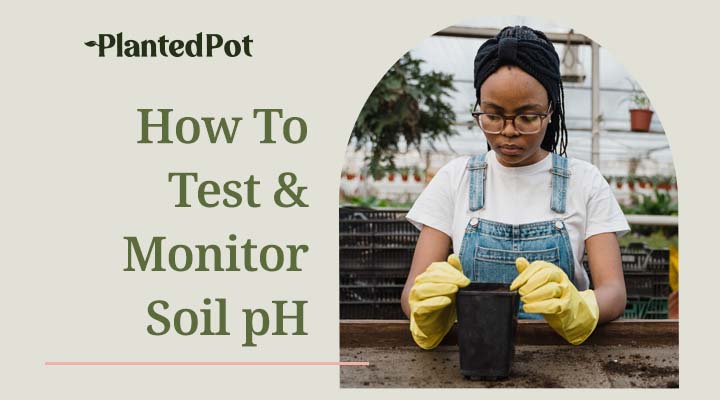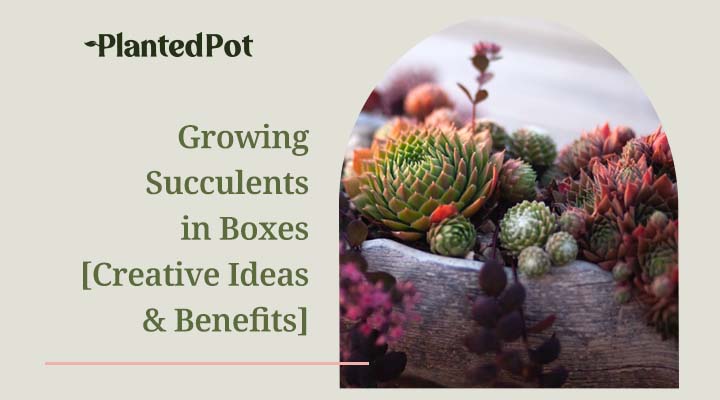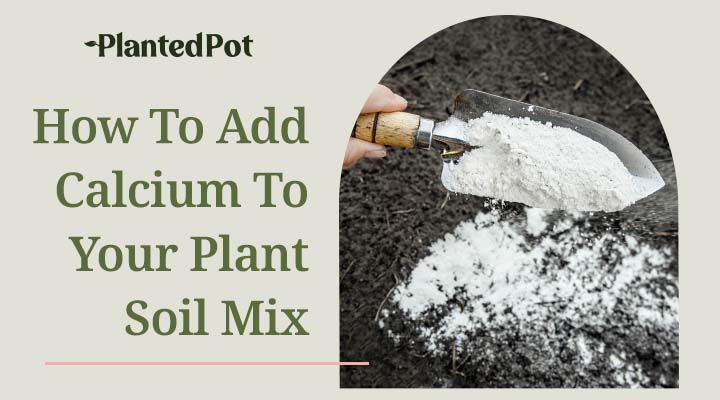
What Are Air Plants? Find Out Everything You Need To Know
Home / What Are Air Plants? Find Out Everything You Need To Know
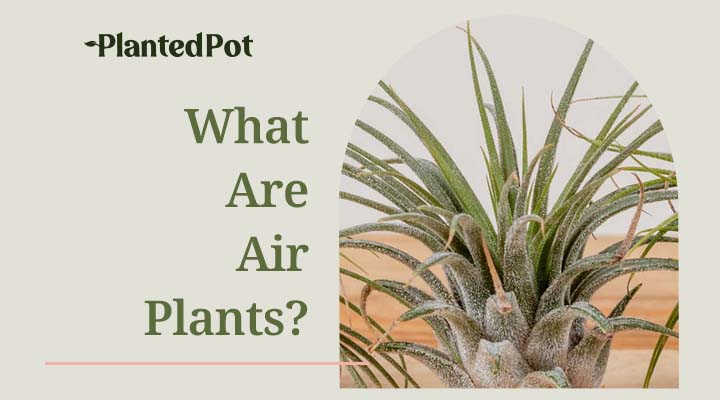
What Are Air Plants? Find Out Everything You Need To Know
- Olivia Richman
- November 5, 2021
- 11:53 am
- No Comments
Looking to grow a plant that stands out from the rest? Look no further than the Air Plant, which climbs on the side of your furniture or sits in a stylish glass globe instead of a pot with soil. So what are Air Plants, and how do they grow without soil? Here is everything you need to know about this whimsical houseplant.
What Are Air Plants?
Air Plants got their name for their unique ability to grow without soil. Their scientific name is Tillandsia, and they are part of the Bromeliad family. Air Plants are epiphytes, which means they attach themselves to other plants for support instead of growing directly in soil. They absorb moisture and nutrients through their leaves instead of their roots, which anchor the plants to other organisms or objects.
Tillandsias are often found in Central and South America, the southern United States, and Mexico. They thrive in jungles, mountain tops, and deserts. In the wild, Air Plants will often cohabitate with tree trunks or on top of a rock.
There are over 600 species of Air Plants, all different shapes, sizes, and colors. They often have strap-shaped or slender triangle-like shaped leaves that grow in a rosette pattern. Most species also produce flowers that are often funnel-shaped and vibrant. Because of their hardiness and versatility, it’s common to see Tillandsias used to boost decor across the world.
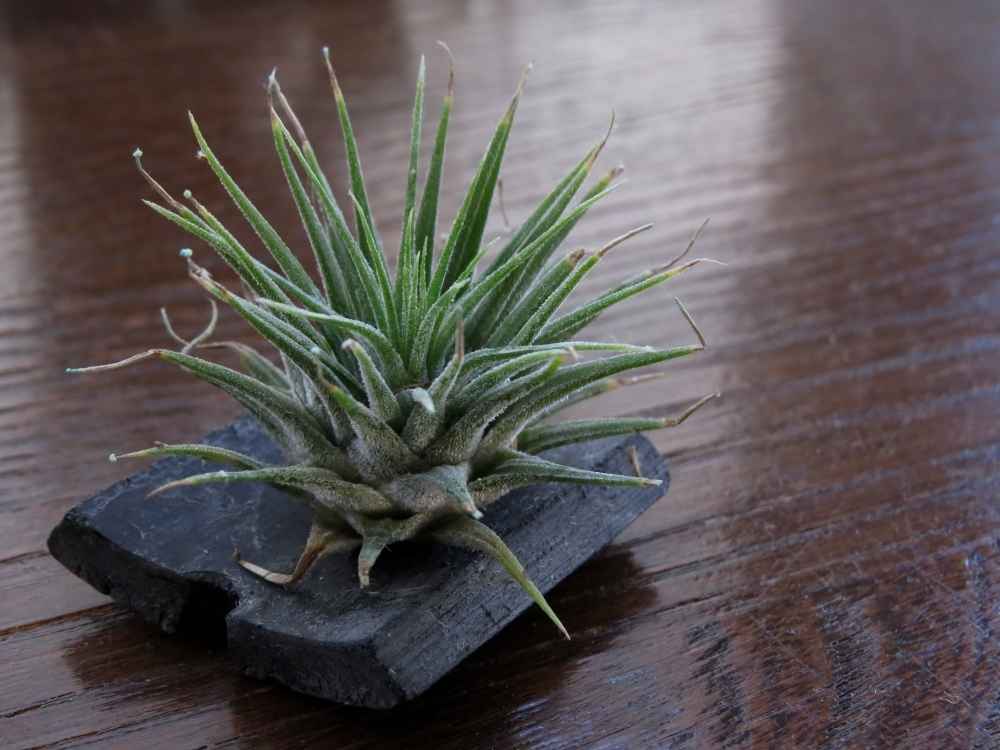
What Are Air Plants Good For?
Air Plants are incredible additions to any home due to their abundance of benefits. Tillandsias are vibrant, fun, and exotic, making them a one-of-a-kind plant to have in any room. They are often put in unique containers or spaces, creating a unique vibe rarely found with other plants.
Air Plants are also quite small, meaning they fit perfectly into most spaces. This is a versatile plant that can be grown almost anywhere in your home! Despite their exotic appearance and unique requirements, most Tillandsia varieties are very easy to care for. They are versatile and hardy, making them easy to care for no matter what level of gardener you are. This means less stress, more zen!
Tillandsias (and plants in general) have been proven to promote relaxation, focus, calm, and creativity. Studies have shown that plants can reduce stress and anxiousness. Air Plants are a great way to add positivity to your space, making them great to have in the office or by your bed.
Tillandsias can also improve your overall health and well-being. Tillandsia can purify the air you breathe, reducing carbon dioxide in the atmosphere during the photosynthesis process. They also remove chemical pollutants. Air Plants add oxygen back to your room, helping you breathe better and feel clear-minded and balanced.
Are Air Plants Easy to Care For?
Yes, Tillandsias are wonderfully low-maintenance. Once you know how to care for an Tillandsia, it becomes a breeze (even for beginners). Tillandsias don’t have roots like most plants. While other plants use their roots to absorb water and nutrients, Tillandsias use their roots to grasp surfaces. In their wild tropical climates, Air Plants get the water they need from the atmosphere’s high humidity and rainfall. In your home, you’ll need to water your Tillandsia once a week (the amount varies depending on the Air Plant species).
Watering an Air Plant is different from most plants but very easy! Put your Tillandsia in the sink or in a small jar that allows you to submerge your plant in water. Soak them for about 30 minutes. After that, gently shake the plant to remove any leftover water. Then turn your Tillandsia upside down on a towel to let them drain fully. Once dry, return them to their glass globe (or whatever container or designated spot you’ve given them).
To echo the humidity of the Tillandsia’s natural environment, you can mist your plant every other day. This is especially important in a home that’s dry or when winter begins. Air Plants prefer indirect light. In the wild, Tillandsias grow under the shady canopies of trees. Direct sunlight can be overwhelming.
Air Plants enjoy warm weather. Never let their room get colder than 45 degrees. Colder temperatures can kill your plant. Tillandsias can be grown outdoors if you live in a warm area (Zone 9 or higher).
Can You Over Water An Air Plant?
If you’re worried about not giving your Air Plant enough water, don’t be! Overwatering is actually the number one cause of death for Tillandsias. You’ll know your Air Plant is overwatered if you see their base turn dark and notice the leaves yellowing. The leaves will also start to fall out, starting in the middle. Mushy roots are another sure sign that your plant is getting overwatered.
Avoid overwatering by not leaving your Tillandsia submerged in water too long. Some species shouldn’t even be soaked, especially ix you live somewhere humid, so always check the individual plant’s requirements. No two Tillandsias are the same!
After watering your Air Plant, always shake out excess water, placing it upside down so that water doesn’t pool on the plant. It can sometimes take up to four hours to dry. Don’t put your Tillandsia back until it’s completely dry. If your Tillandsia is overwatered, there are luckily things you can do to save it:
- Remove any infected or rotted parts before it spreads
- Dry your plant out ASAP (you can try using a fan)
- Make sure your Air Plant is growing on a dry object, like rocks
- Their room should have good air circulation and ventilation
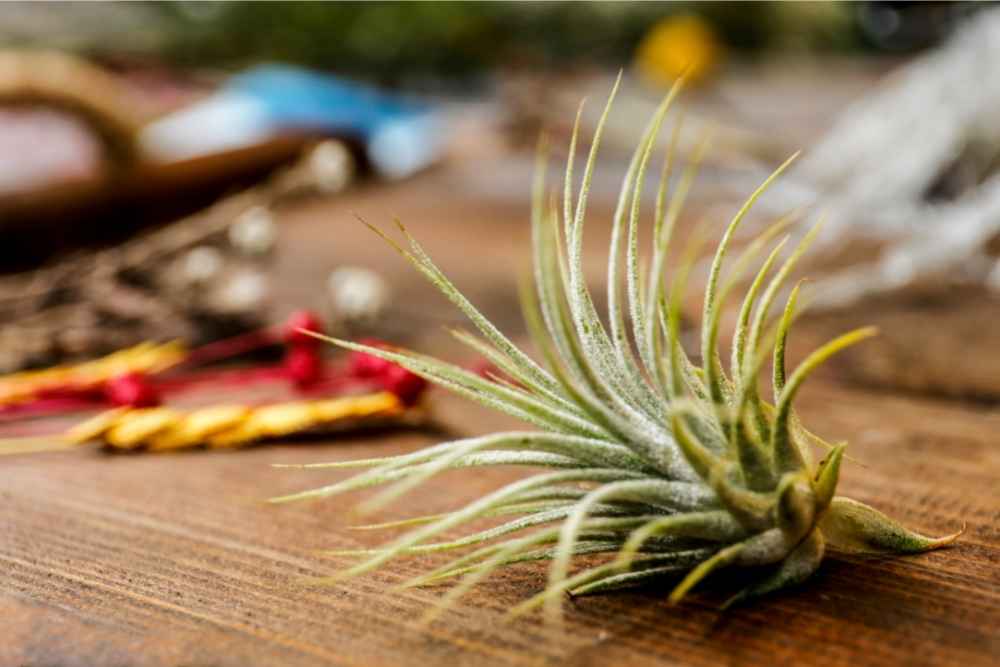
Can You Under Water An Air Plant?
Some Air Plant species don’t need a lot of water to survive. But you can still under water an Tillandsia. You’ll know a plant is dehydrated if it becomes dull in color, the tips of the leaves are dried out, and it’s looking droopy.
If your Air Plant is under watered, you can still save it! Remove the dead parts of the plant. Get a bowl of water and submerge your plant for at least five to eight hours, ensuring the leaves are under water. Use rainwater or unchlorinated water if possible.
Where Can I Buy Air Plants Online?
Looking for some exotic, vibrant Air Plants to add to your decor? Guess what, we have some! When shopping for Tillandsias, look for a seller that’s dedicated to keeping their plants healthy and safe while making their way to your house. At Planted Pot, we care about not only the health of plants, but also the health of their new owners!
Planted Pot is rooted in the healing power of plants. We’re on a mission to deliver the beauty and health benefits of life-sustaining greenery directly to your home and office. We hope to deepen the appreciation and stewardship of our essential plant family and expand our collective understanding of what it means to own houseplants.
Final Thoughts – What Are Air Plants?
Air Plants are unlike any other plant species, clinging to the side of trees or hanging in a clear glass orb with no soil. They don’t get watered. Instead, they are submerged under water! Tillandsias are one-of-a-kind plants with one-of-a-kind requirements. Once you learn the proper way to water your Air Plant and keep them humid and healthy, you’ll have an easy-to-care-for plant that adds a vibrant, exotic look to any room.


